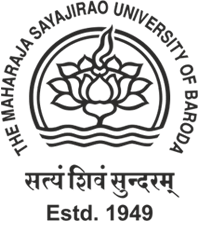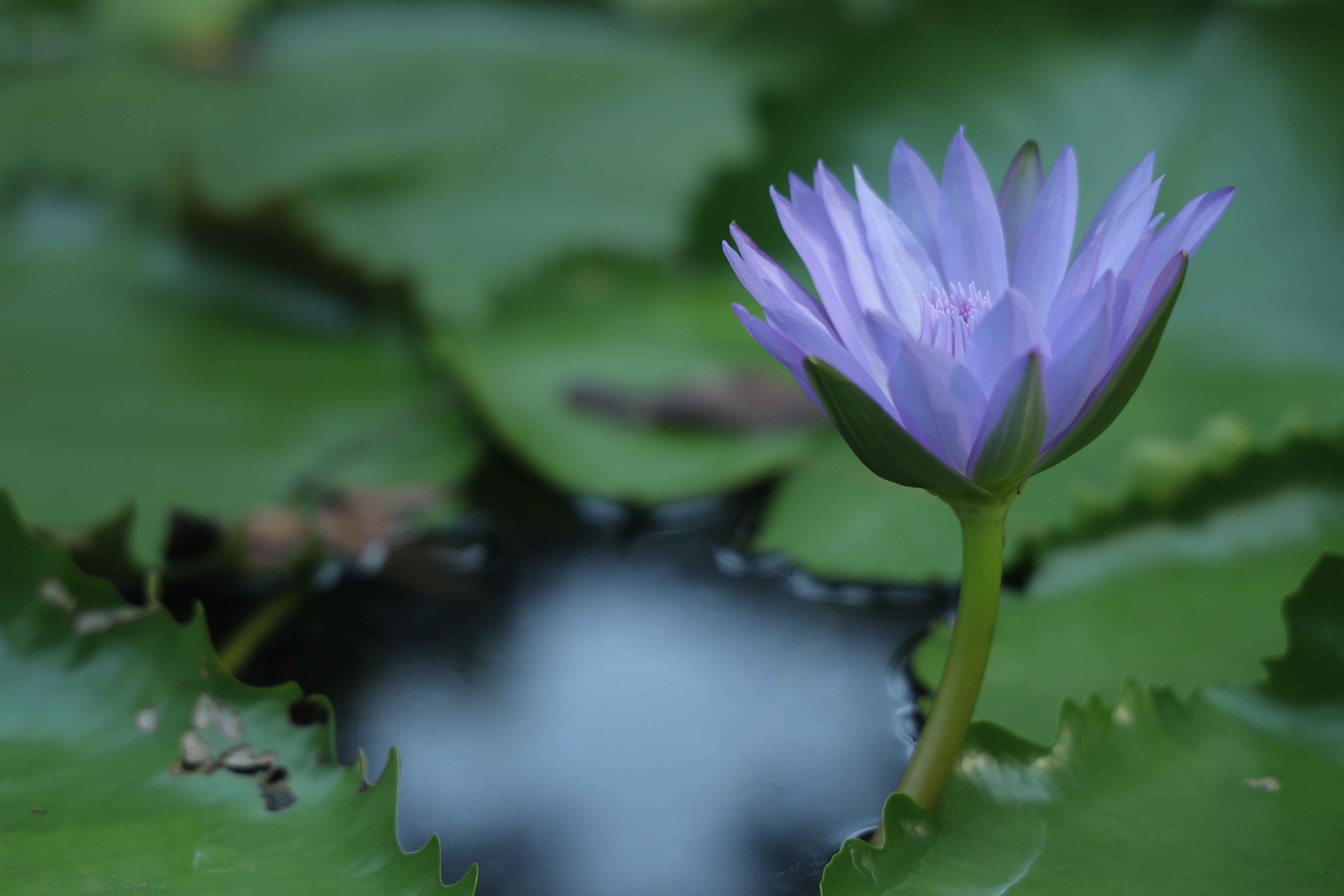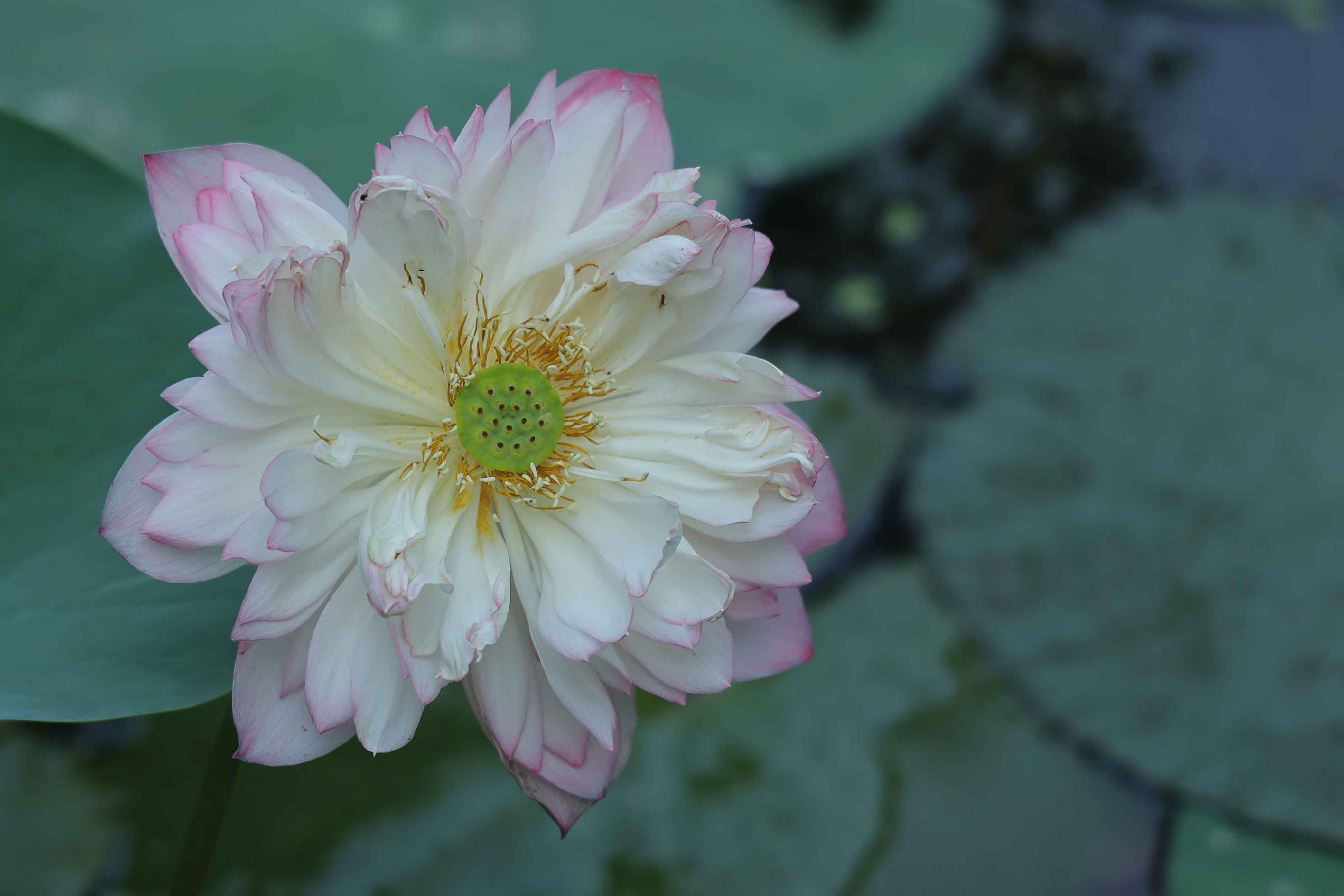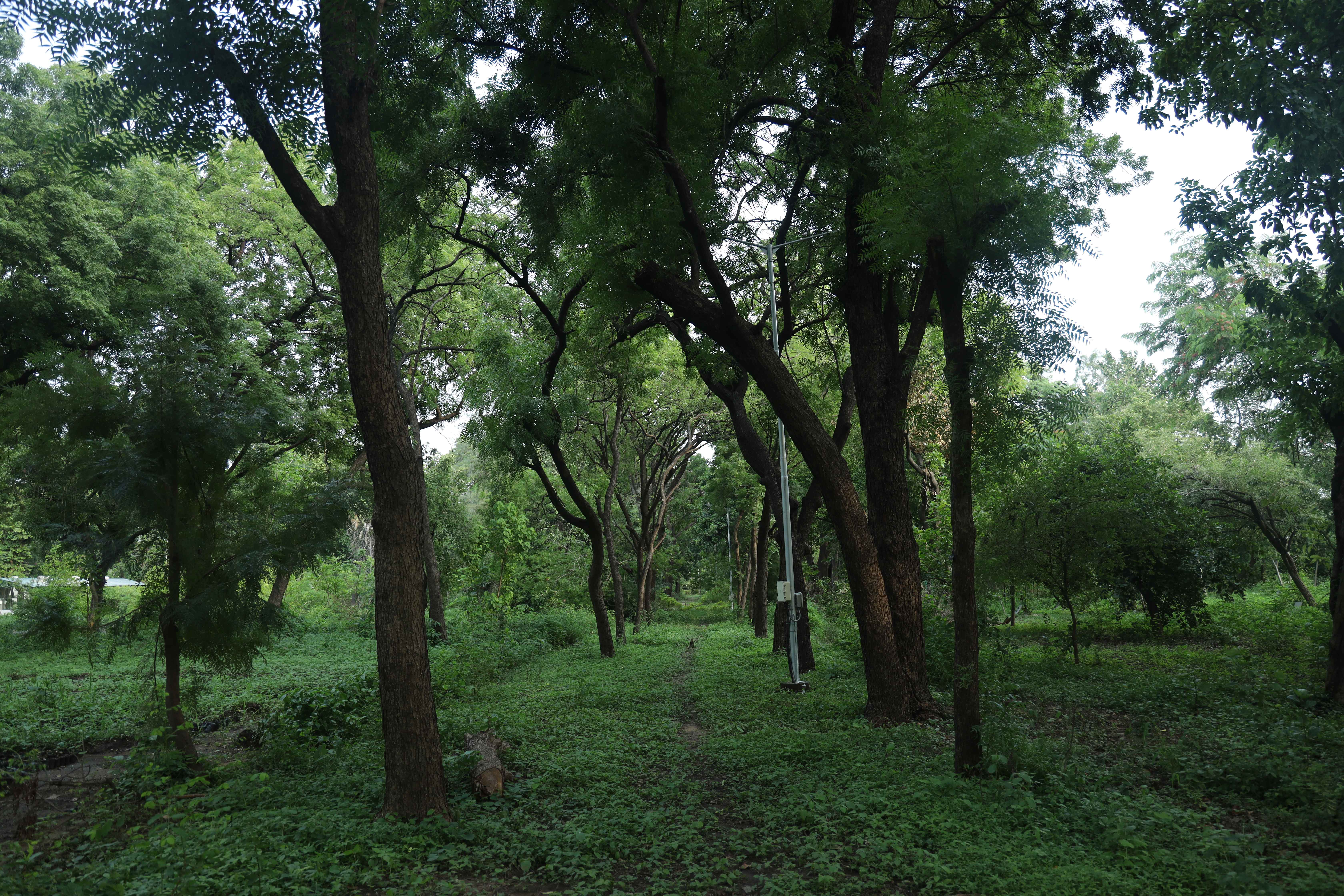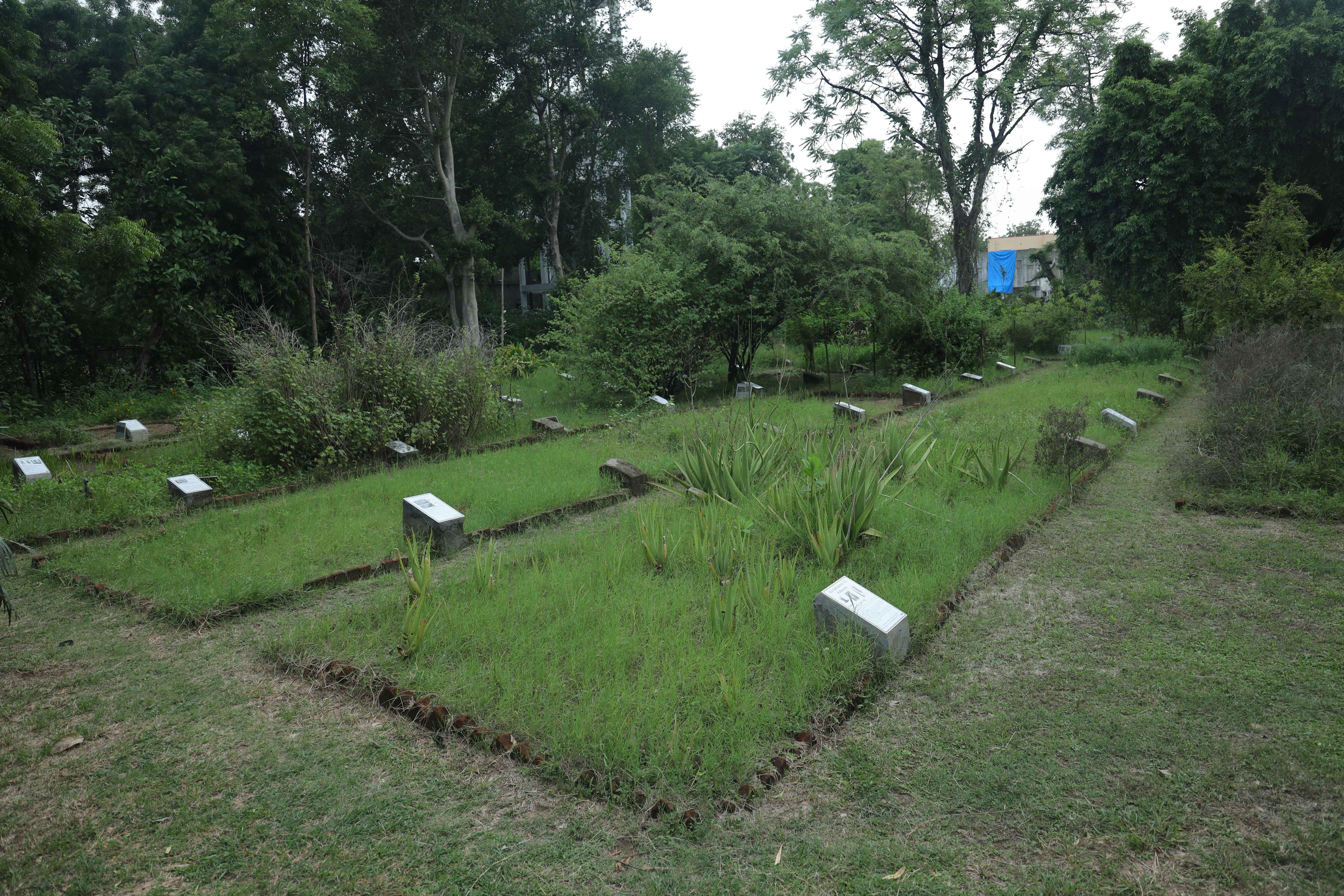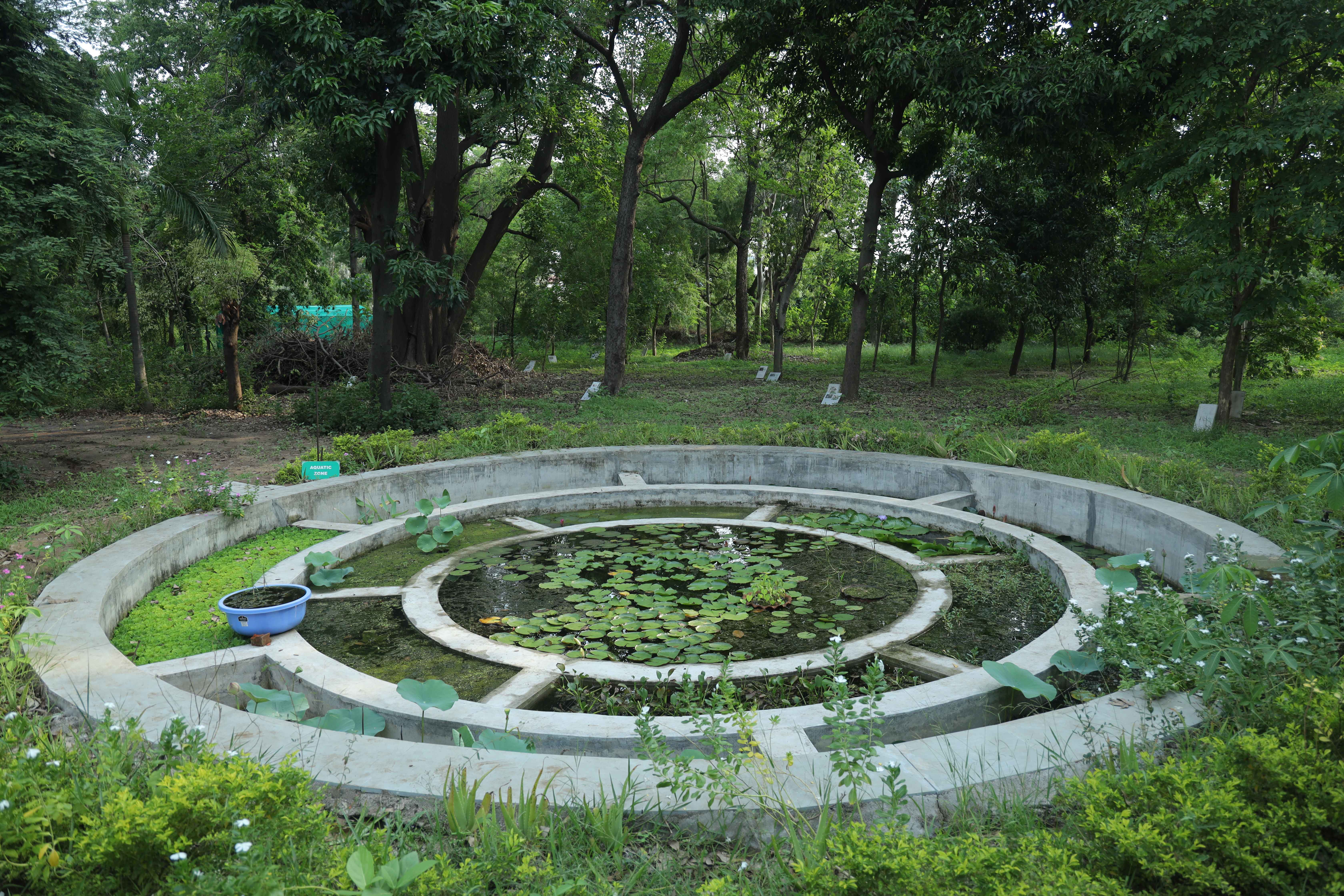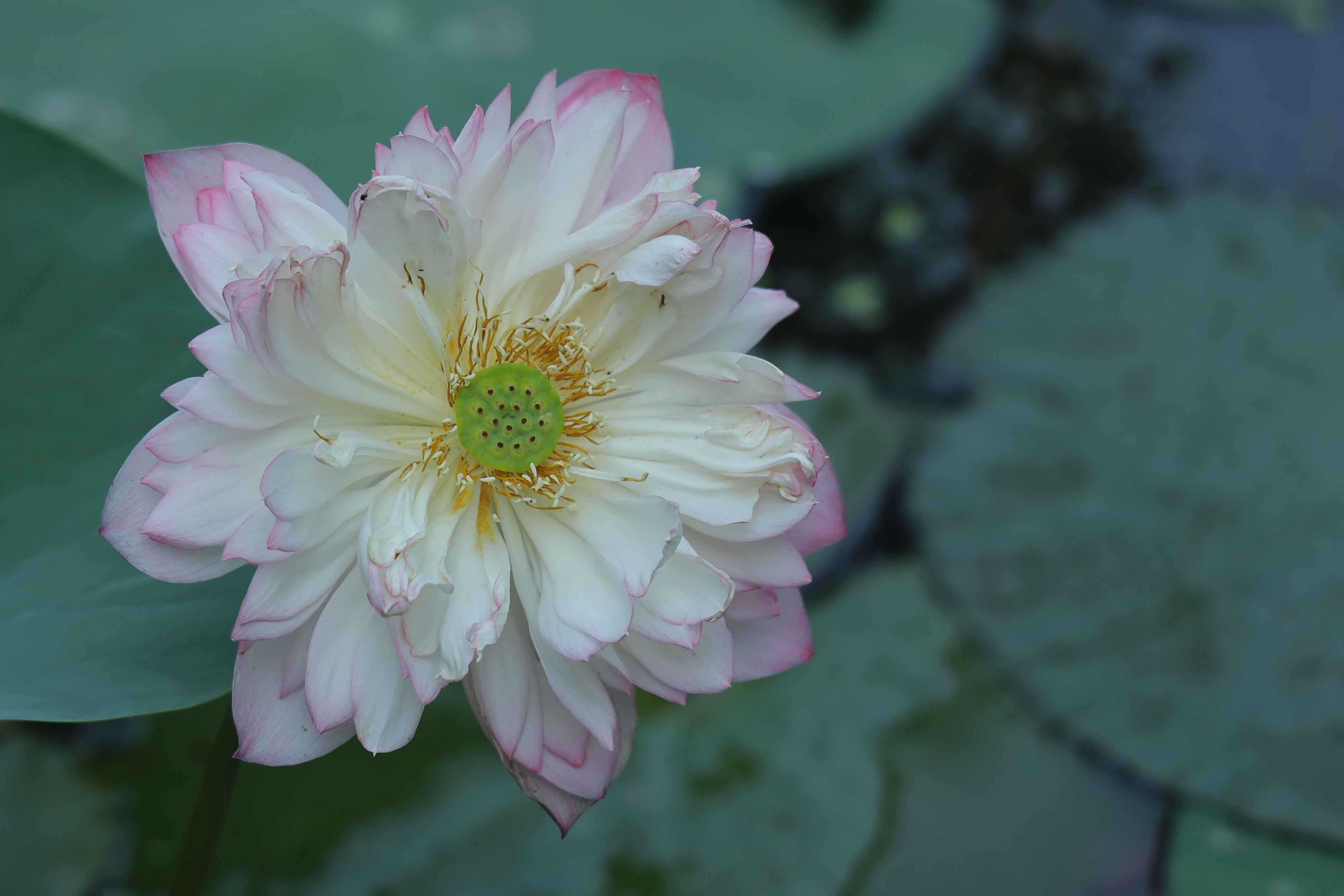Botanical Garden:
Established in 1920, The Botanical garden has been a part of glorious history of 101 years of The Maharaja Sayajirao University of Baroda. The garden was established under the supervision and guidance of Prof. S. V. Shevade, F.I.S., F.R.A.S (HOD, Biology, Baroda College). It is spread over an area about 2.5 acres. The area of about 4.5 acres was given by the University for the Establishment of an Arboretum on the left side of University Head office. The Arboretum was established in 1962 under the supervision of Prof. A. R. Chavan, then HOD and the Superintendent of the Botanical Garden This garden has garnered over thousands of students of Plant Science to study the plant wealth present in this area since 1920. Because of many suitable environmental factors, garden displays a variety of life forms of its own in different seasons. This Botanical garden is a biological resource Centre that provides data storage, distribution, documentation, education interpretation and conservation. For a student of Plant Science, Botanical garden is a laboratory where students come in direct contact with live objects of their studies.
Today, The Botanical garden is the proud home of over 1,059 species inclusive of 680 Angiosperms, 281 Trees, 37 Cactus, 38 Succulents, 21 Orchids and 23 Pteridophytes. Conservation is also a visible priority for the botanical gardens, second only to education. Several Endangered, rare and threatened plant species find their homes here like Givotia rottleriformis, Gauzuma ulmifolia, Kigelia pinnata Commiphora wightii, Hyphaene dichotoma, Strychnos potatorum, Pereskia, Talinum, Hydnocarpus, Equisetum, Filicium decipiens, Ochna obtusa, Haematoxylum campechianum etc. Some of the exclusive plants of the Garden are Annona muricata, Beaumontia grandiflora, Bilbergia, Strophanthus, Kleinhovia hospitata, Milletia racemosa, Pterospermum acerifolium, and various species of Terminalia. The beauty of the garden owes to plants like Paulownia, Saraca indica, Couroupita guianensis, Butea monosperma, Spathodea campanulata, Tecoma stans, Cassia fistula, Delonix regia,, Dombeya wallichii and D. natalensis and Sterculia urens. The Gymnosperms which have made the Garden more attractive include Cycas circinalis & Cycas revoluta (Almost 90 years old), Cycas rumphii, Zamia furfuraceae, Zamia spp. and Podocarpus gracilor. The garden also has elite Fern and Cactus House having a collection of some procured rare ferns belonging to the genera Adiantum, Nephrolepis, Asplenium, Pteris etc. Cactus from around the world such as Echinocactus, Echinopsis, Ferocactus, Notocactus, Opuntia, Perieskiopsis, Aloe spp. the only member of the Cactaceae family having broad perennial leaves, called perskia is present here.
In recent times, with the financial assistance of National Medicinal Plant board, Medicinal Plant section was also added to the arboretum in the year 2009. There are approximate 350 medicinal plant plots which include plants like Acorus calamus, Alpinia galanga, Aloe ferox, Artemisia annua, Asparagus racemosus, Centella asiatica, Coleus forskohlii, Enicostema littorale, Fagonia cretica, Pedalium murex, Plumbago indica, Lotus garcini, Lycium europaeum, Monsonia senegalensis, Piper longum, Pavonia odorata, Rivinia humilis, Stevia rebaudiana, Uraria picta, Vogelia indica, Mimosa pudica, Biophytum sensitivum, Rauwolfia serpentina, Cymbopogon martini, Pogostemon heyneanus, Ocimum basilicum and Vetiveria zizanoides. The best of this natural teaching seating arrangement is open class theater which provides real world experience to the students. The main attraction of the garden is the RET plants and infrastructural facilities like Green house, Autonomous Glass house, wire house, Fern house and interpretation center which is used for preservation of RET and ornamental plants of Research. It also includes nursery, fernery, cacti collection, Diverse Germplasm collection etc. Another attraction point is Aquatic pond which having 84 different aquatic species and 41 lotus species. Botanical garden is adequately equipped with irrigation facilities and also store room, instrument room for garden Equipments. The approximate number of students at college and University level visiting the garden is about 5000 every year. In brief this Botanical garden is the best place for conservation and collection of plants.it is a repository of biodiversity.
